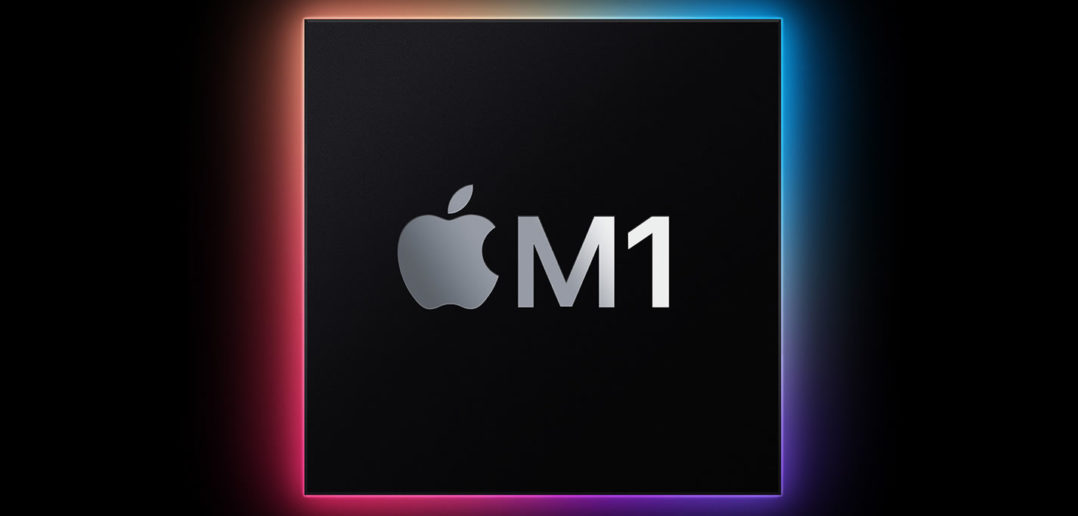Apple has long been rumoured to be working towards bringing its own silicon to its MacBook range, but when the Cupertino-based firm finally announced its new M1-powered MacBook Air and MacBook Pro notebooks last week, few really knew what to expect.
Intel has had a stranglehold on PC CPUs for decades, and whilst AMD has recently made major inroads, it has become increasingly clear that Intel’s x86 architecture was quickly being outclassed by the ARM-based designs used in smartphones and tablets. The Arm architecture has always offered better energy efficiency than x86, which is why it is the platform of choice in smartphones, but until very recently x86 has maintained its edge in performance. However, Apple’s M1 SoC (system on a chip) appears to prove that Intel’s supremacy in power is over, with Apple claiming huge improvements in both power and battery life for its new range of laptops.
The first hands-on reviews are only starting to trickle in, but Apple claims the new MacBook Air is three times faster than other featherweight laptops and faster than 98% of all PC laptops sold in the past year. It does this whilst also offering up to 15 hours of wireless web browsing, or up to 18 hours of video, which is more than double what many Windows laptops offer. The Air is Apple’s budget thin-and-light fanless notebook, outclassing all but the most highly specced gaming laptops on the market and with a longer-lasting battery than anything comparable, and all for under £1000.
It appears that the hardware is in place for Apple’s new laptops to easily outclass their Intel or AMD-powered Windows competitors, but there is one major hurdle and that is the software. It is not a simple task to convert software designed to run on the x86 platform to run on the new ARM-based architecture, and while Apple claims to have partially solved this issue with its Rosetta virtualisation tool, the performance of such technology has not yet been tested independently.
However, this is not the first time Apple has shifted PC architecture, so the company understands the issue it faces probably better than anyone. After years of running on the PowerPC platform, Steve Jobs finally shifted its range or laptops and desktops to Intel CPUs in 2006. Whilst the change meant many pieces of software needed to be rewritten for the x86 architecture, the speed improvements were notable and after years in the wilderness Apple’s computers regained their position as some of the best computers around, beating most Windows alternatives in power, battery life and looks. Now the firm is making another generational leap forward.
Apple’s MacOS platform certainly has its quirks, with those making the switch from Windows often spending many hours of Google trying to work out how to perform relatively basic tasks, asking questions like “how to exit full screen on Mac” or “do you run an antivirus program on OSX”. However, after a few days most people tend to get the hang of the change in operating system, and most of their favourite apps from Chrome to Photoshop are available on both platforms.
The Apple MacBook Air (M1, 2020) comes with a base configuration of an 8-core CPU, 7-core GPU, and 16-core “neural engine” with 8GB of RAM, a 256GB SSD, a 13″ Retina display, and two Thunderbolt ports for £999.



